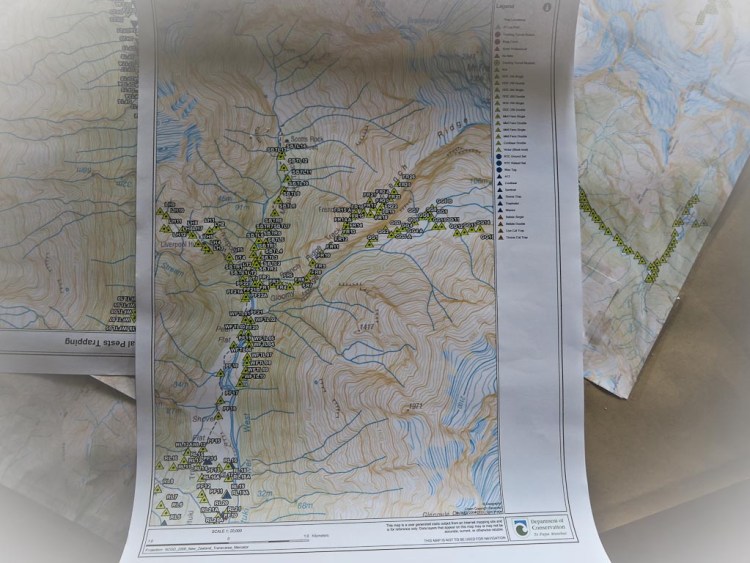
This site/blog seems to have an organic destiny, and somewhere along a way lined with a steady growth of followers, I’ve not bothered much to publish my own photos, so here today I’ll use a few of my recent favourites made in the last two weeks to illustrate the need for an awakening, and action.
Over winter 2016 while trapping for the sake of our native birds I was reminded time and time again that our climate is changing towards the warmer end of the spectrum. This is backed up by data.
While personally we do not ignore this, at various levels of management, politically especially, it’s the elephant in the room.
Oh it gets a mention, because it’s hard to ignore over a cup of tea that occasionally spills into the saucer from the heavy foot-fall, or a few beers after work on a Friday. There is always tomorrow after all! If politicians think like the rest of us?
In July 2016, the Government announced its plan to make New Zealand predator-free by 2050.
This has given me much to think on, like can we do it? I think categorically “yes” – It seems possible given the current climate of willingness, and advancing technology, but my thinking has been based on the current climate not changing much.
It all gets a bit wobbly though when we take the climate factor to heart. And this is my point: at Govt. levels it’s not taken to heart. We need some seriously proactive leadership.

We spend $60m to $80m already in predator control each year, but can someone tell me what we spend on counteracting climate change?
Our Govt. set up Predator Free New Zealand Limited to drive the programme alongside the private sector, and while this might work in a non changing climate, to my mind it’s got no foundation. We need to roll up our sleeves and base it on a solid base that recognises climate change and accompanying warming.
Should we have a programme here too alongside the private sector, or some real Govt. leadership?
After all there is a lot more at stake than our native birds verses vermin!

The NZ Department of Conservation put it like this: “In a normal year, predators will attack up to 60 per cent of kea nests. On a mast year [when temperatures are warmer triggering profuse seed production in our beech forests], that number rises to 99 per cent”
 Unfortunately kea do not nest on slippery roofs!
Unfortunately kea do not nest on slippery roofs!
Kea for example nest under the roots of large trees or rocks anywhere between sea level and the bush line, and so are very vulnerable to predators. With rising winter snow-lines giving stoats even more opportunity to predate on our clever playful friends, we’ll lose them forever unless we address and mitigate climate change. It has to start at the top to augment our personal efforts and desire to be predator free.









 Traps of all types upstream from Aspiring Hut in the West Matukituki valley, Mt Aspiring National Park. Liverpool valley on the left, upper west Matuki. and Scott Bivy rock in the center, and French Ridge on the right.
Traps of all types upstream from Aspiring Hut in the West Matukituki valley, Mt Aspiring National Park. Liverpool valley on the left, upper west Matuki. and Scott Bivy rock in the center, and French Ridge on the right. A new kid on the block – one of many of the south island robin reintroduced some years back. Breeding has been so successful last spring that it’s hard estimate if we’re talking scores or hundreds of birds that have been bred by about 20.
A new kid on the block – one of many of the south island robin reintroduced some years back. Breeding has been so successful last spring that it’s hard estimate if we’re talking scores or hundreds of birds that have been bred by about 20.
